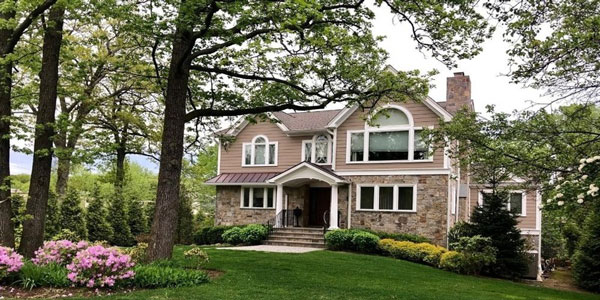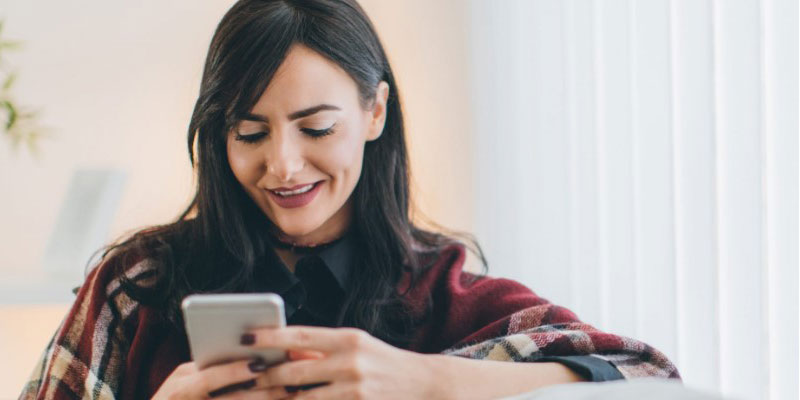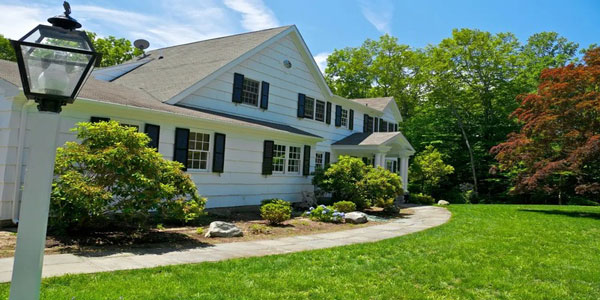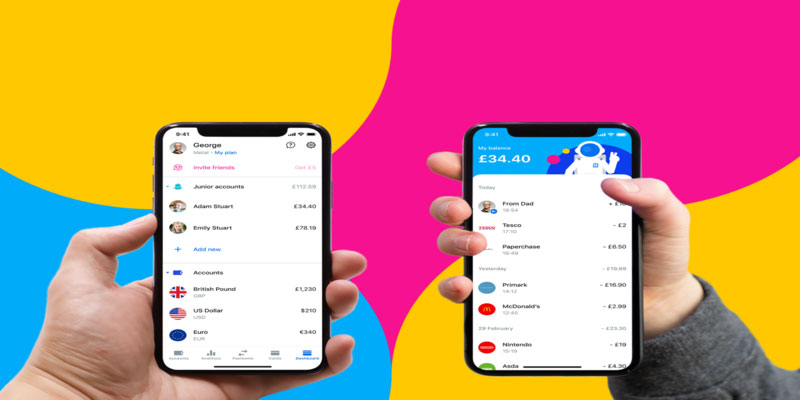Two-in-five American adults (or 63 million people) do not have a bank account, as of a 2019 study by the Federal Reserve. The 6% of Americans without bank accounts manage their money using non-traditional means, such as payday loans, check cashing services, money orders, and pawnshop loans.
16% of underbanked Americans use traditional banking services in addition to non-traditional ones. Recent months' events with COVID-19 and the accompanying economic uncertainty have attracted more focus to the digital divide.
What Does Being Unbanked Mean?
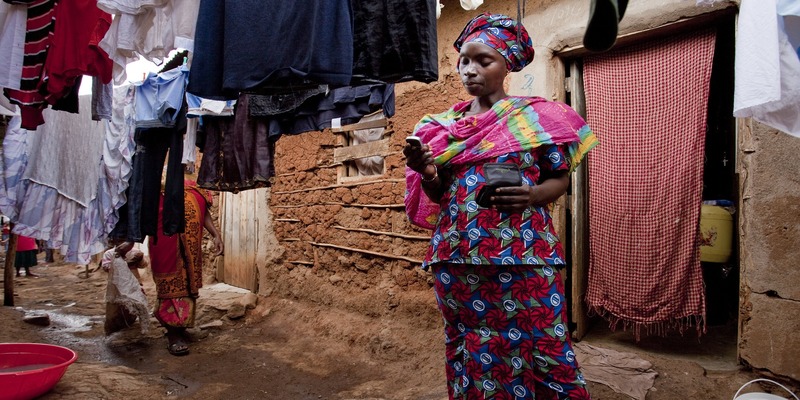
Unbanked refers to those who don't have a bank account, such as those without a checking or savings account. When determining whether or not a consumer has access to banking services, the Consumer Financial Protection Bureau (CFPB) only takes into consideration accounts that are FDIC- or NCUA-insured.
This rules out applications that facilitate individual payments, such as PayPal or Venmo. There are various reasons why individuals don't have bank accounts, but for 29.2% of those who don't have one, it's the fees or minimum balance restrictions.
Banks have a long history of charging exorbitant fees, which have disproportionately impacted low-income consumers. Several no-fee, no-minimum-balance accounts are available today, which is good news.
What Does Being Underbanked Mean?
An underbanked family can access banking but not other typical financial services. Due to the convenience or the worry of not being authorized, underbanked individuals may seek riskier alternative financing outside their bank. A lack of formal education is a significant contributor to the problem of underbanked families.
Individuals with post-secondary education or work experience are more likely to use non-traditional banking options. Most bill payments and government benefits are deposited into the bank accounts of underbanked family heads, who access their accounts via mobile apps.
What's The Big Deal About Not Having a Bank Account?
A lack of a bank account may be a major hassle and a financial burden. Check to cash and money orders are two common financial services unbanked Americans must use, but they come with hefty costs. Check cashing fees might be several dollars, and money order fees can be two or more.
Over a year, the costs associated with using a money order to pay at least two of a dual-income household's monthly expenditures might total more than $150. Prepaid cards and wire transactions cost extra money. Persons need access to a bank to use credit.
Credit from sources other than traditional banks has exorbitantly high-interest rates. According to the Consumer Financial Protection Bureau, payday loans can have interest rates as high as 400%, while BHPH loans can have interest rates as high as 20%.
Payday lenders and BHPHs have predatory interest rates compared to banks' low six percent range for vehicle loans and the fifteen to twenty-nine percent range offered by credit cards.
How Are Banks Reaching Unbanked Customers?
The finest online financial institutions provide customers with low- or no-fee account options, such as no-minimum-balance checking accounts. Several financial institutions offer second-chance checking accounts for those who still need to meet the requirements for regular checking accounts.
In addition, the Cities for Financial Empowerment Fund has, over several years, established rigorous criteria for low-cost and second-chance bank accounts. Banken accounts must be compliant with these criteria. Over 46,490 locations across the country provide over 290 unique checking and savings options.
What Do Alternative Financial Products Have to Offer?
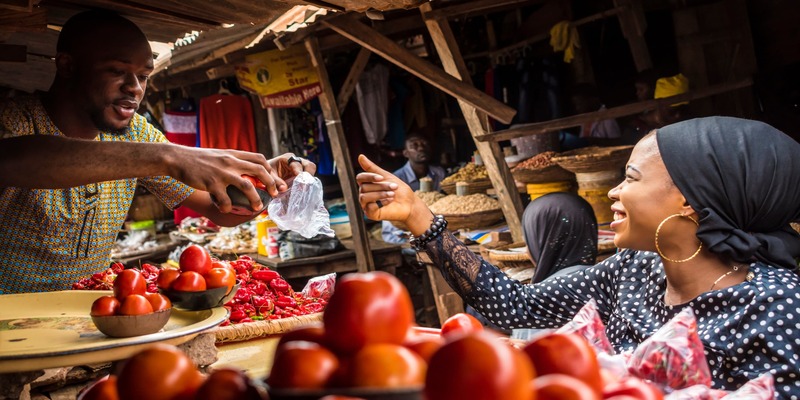
For many people, the prospect of paying monthly service charges for a bank account is the primary motivation for not opening one. However, in most cases, the expenses of not having a bank account are more than the fees associated with opening one.
However, the costs of alternative financial solutions are generally openly discussed, even if they can be challenging to understand. The services offered and their initial prices are typically posted somewhere prominently at a check cashing establishment.
The fee for purchasing a money order at a supermarket or retailer is also clearly displayed. While bank fees are considerably less clear.
Invisible Fees of Alternative Financial Services
Alternative financial services may appear more appealing since their prices are detailed, but they are more expensive overall. If the FDIC's estimate of 63 million unbanked or underbanked Americans is correct, then the average yearly cost would be $3,000 per person. These are only the direct expenses that families without or with inadequate bank accounts incur. Indirect expenses can add up and have far-reaching effects. 1
